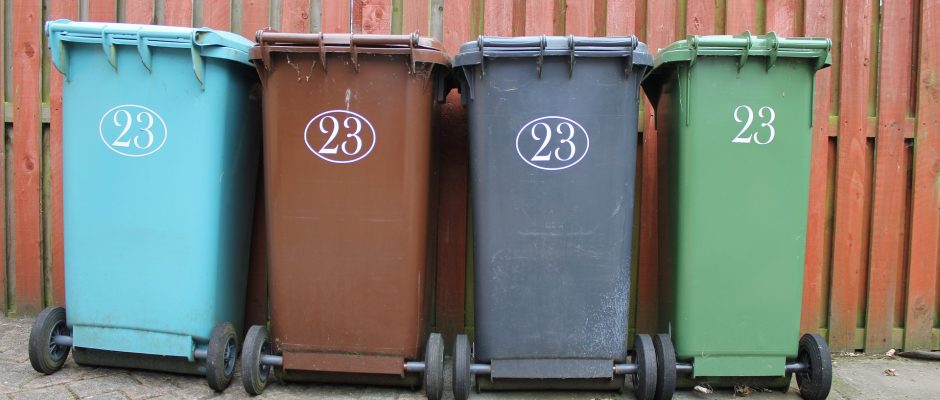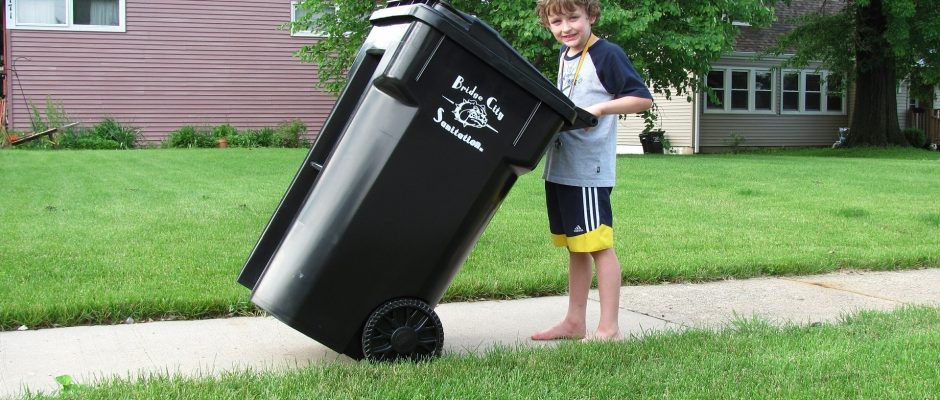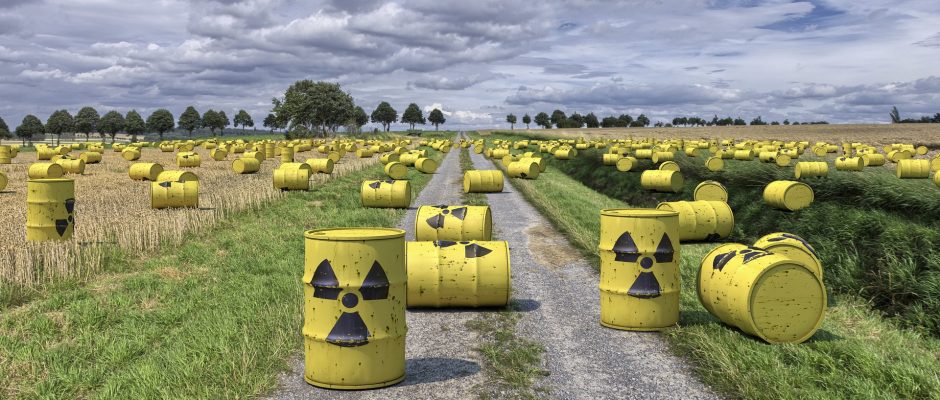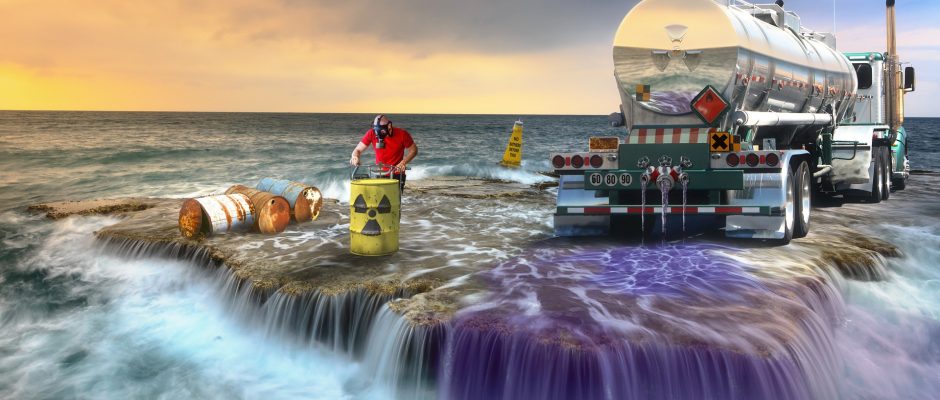A residential recycling box, London. Photograph: Alex Segre/Rex Features Report for UK government refutes persistent claims that recycling is a waste of time, calls for better facilities and an increase in incineration Recycling is almost always the best way to get rid of waste, even when it is exported abroad, according to the biggest ever report on the industry for the UK government. The report, which addresses persistent claims that householders are often wasting their time recycling, calls for better …
Tag: Method
Proper disposal of human waste is important to avoid pollution of water sources, avoid the negative implications of someone else finding it, minimize the possibility of spreading disease, and maximize the rate of decomposition. In most locations, burying human feces in the correct manner is the most effective method to meet these criteria. Solid human waste must be packed out from some places, such as narrow river canyons. Land management agencies can advise you of specific rules for the area …
When most people think about solid waste management, they think about garbage being dumped in landfills or incinerated. A variety of elements is involved in the creation of an optimal integrated solid waste management (ISWM) system. For example, treatment techniques act to reduce the volume and toxicity of solid waste, transforming it into a more convenient form for disposal. Waste treatment and disposal methods are selected and used based on the form, composition, and quantity of waste materials. Here are …
Most wastes generated in the laboratories and shops located on campus are prohibited from disposal in the regular trash or down the drain. Many of these wastes are regulated under the federal Resource Conservation and Recovery Act (RCRA). The term hazardous waste is defined under RCRA as solids, liquids, and gases that exhibit certain characteristics or are specifically listed in the rules. Hazardous waste is regulated under a “cradle to grave” concept, meaning that the waste is tracked via written …
Until the mid-1970’s, U.S. utilities planned that used fuel from nuclear plants would be kept on-site for a few months, and then be shipped to a reprocessing plant to recover plutonium and uranium. Consequently, plant specifications had limited spent-fuel storage capacity. Up until 1982, the federal government intended to receive spent fuel for disposal at a specified date. The date has continuously been postponed. The Nuclear Waste Policy Act of 1982 determined that the Department of Energy would accept the …









